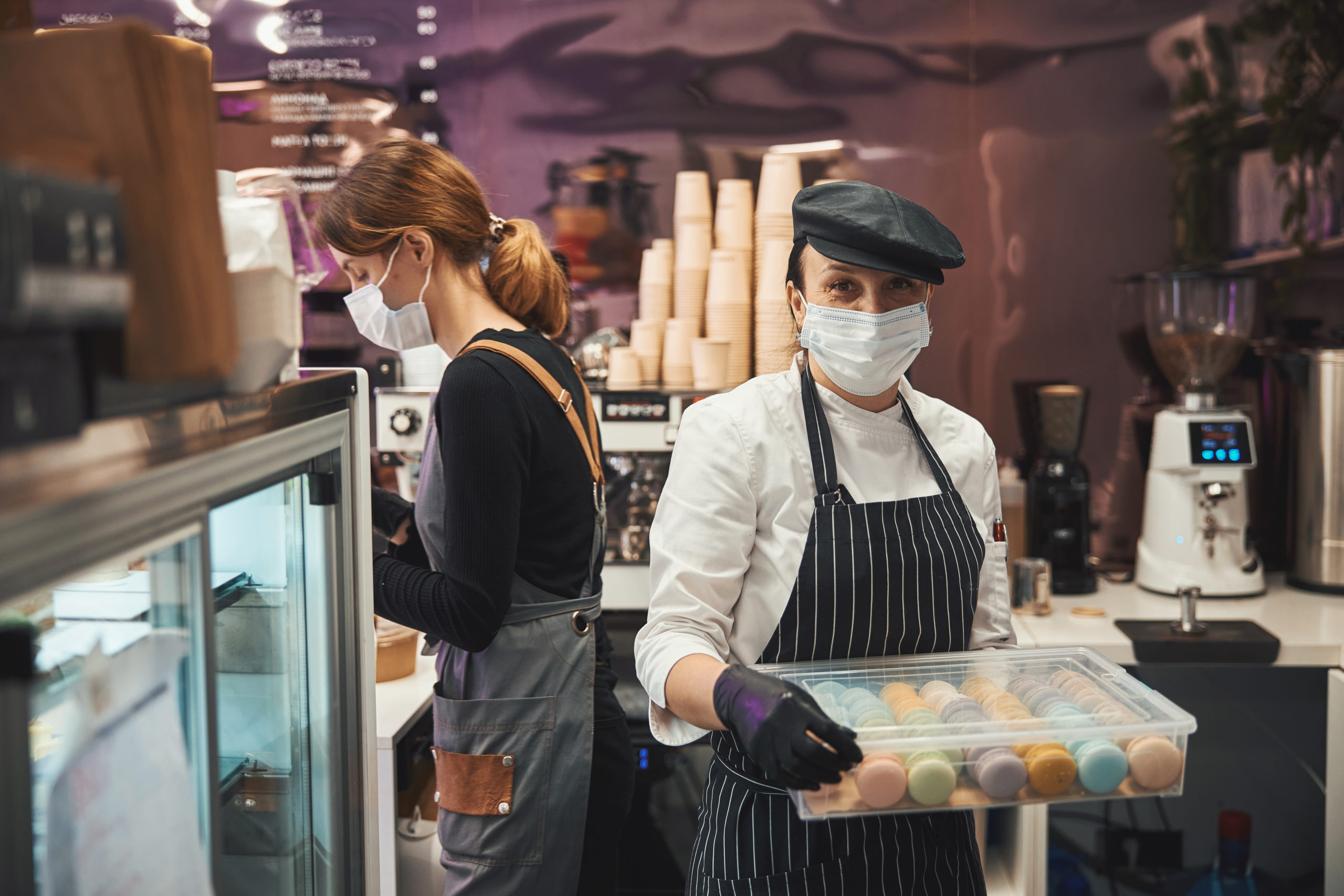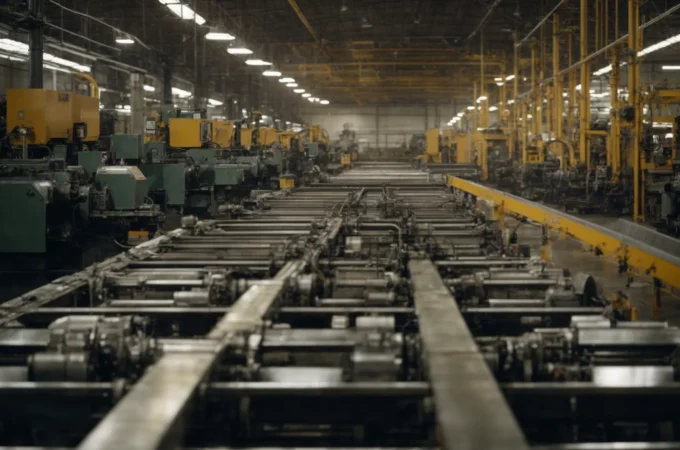
Behind the Scenes of Running a Restaurant
As a restaurant owner, you wear many hats. You’re responsible for the food, the service, and the overall experience your guests have. But what goes on behind the scenes? Opening a restaurant is no easy task. It takes hard work, dedication, and a lot of time. There are many things that need to be done in order to open a restaurant, and it’s important to be organized and have a plan. In this article, we’ll take a look at a few of the things needed to run a successful restaurant. Keep reading to learn more!
Coordinating Food Orders

The food is the main star of any restaurant, and it is important to ensure that there is enough on hand. When it comes to coordinating food orders for a restaurant, there are a few things that need to be taken into account. The first is the menu. The chef or kitchen manager needs to plan out the menu and make sure that there is enough variety to please all of the customers while also making sure that there is enough overlap so that certain ingredients can be used in multiple dishes. They also need to make sure that they have enough of each ingredient on hand so that they can prepare any dish ordered by a customer.
Another factor that needs to be considered is how popular particular dishes are. If a dish is constantly being ordered, then the kitchen should make sure they always have plenty of ingredients on hand for it. This will help avoid any delays in getting orders out to customers.
Beverages are also a critical part of any restaurant, and they can make or break a business. In most cases, restaurants rely on alcoholic beverages to generate profits, as margins on food items are typically small. There are many different types of drinks that restaurants can serve, but the most popular choices are beer, wine, and cocktails. Aside from this, soft drinks, lemonade, and iced tea are also popular beverage items. Restaurants must plan these orders carefully to ensure an adequate supply. Alcoholic beverage orders also have to adhere to certain regulations and guidelines, and these have to be considered as well.
Cooking Oil Recycling
Depending on the menu, restaurants might produce a significant amount of used oil each day. As a part of regular maintenance and kitchen standards, this oil needs to be disposed of appropriately. Cooking oil recycling is a great way to reduce the amount of waste produced by restaurants. Recycled cooking oil can be turned into biodiesel fuel, which can be used to power vehicles or generators. Recycling cooking oil also helps to protect the environment by reducing the number of pollutants that are released into the air. Grease traps help to keep cooking oils and fats from entering the city’s sewer system and allow them to be recycled. Depending on where the restaurant is, you can search for “cooking oil recycling in Portland, OR,” for example, to find a program in the area.
Prepping and Planning for Service

Prepping and planning for service is a critical part of running a successful restaurant. This process includes preparing the food, organizing the dining room, and coordinating with the waitstaff.
The first step in prepping for service is to prepare the food. The kitchen staff must ensure that all of the ingredients are ready and that all of the cooking equipment is clean and functioning properly. They also need to plan out the menu for the day, ensuring that there is enough variety to please both customers and chefs.
Once the food is prepared, it’s time to organize the dining room. This includes setting up tables and chairs, arranging menus and place settings, and putting out condiments and other accouterments. It’s also important to make sure that everything is clean and tidy; nothing looks worse than a messy dining room.
Finally, it’s time to coordinate with the waitstaff. The waitstaff needs to know what dishes are being served, how they are being served, and what accompaniments go with them. They also need to be aware of any special requests or dietary restrictions from customers. By coordinating with the waitstaff, the kitchen staff can ensure that orders are delivered promptly and correctly.
There are a lot of things that go into running a successful restaurant. It’s not as simple as just cooking food and serving it to customers. There are a lot of things that need to be taken into consideration, from the food itself to the setup of the restaurant to the way the staff is organized.





